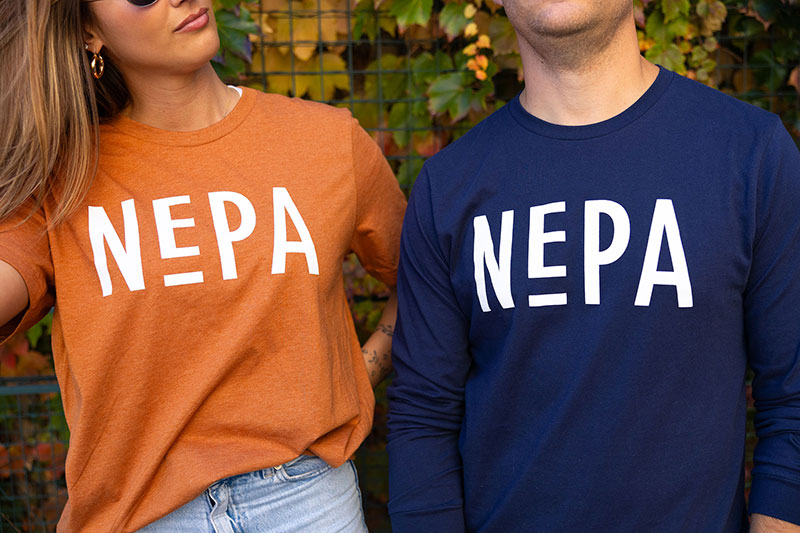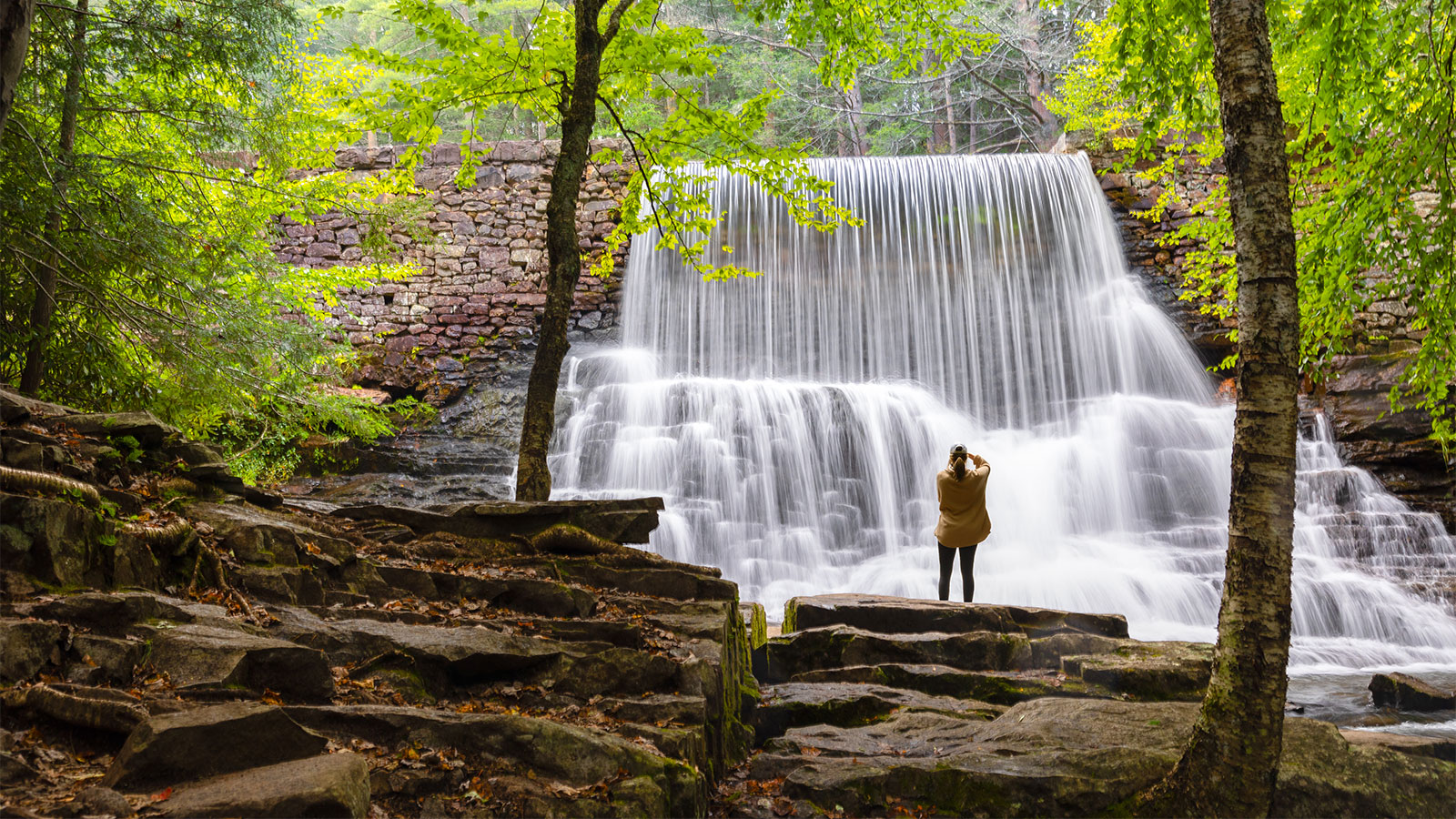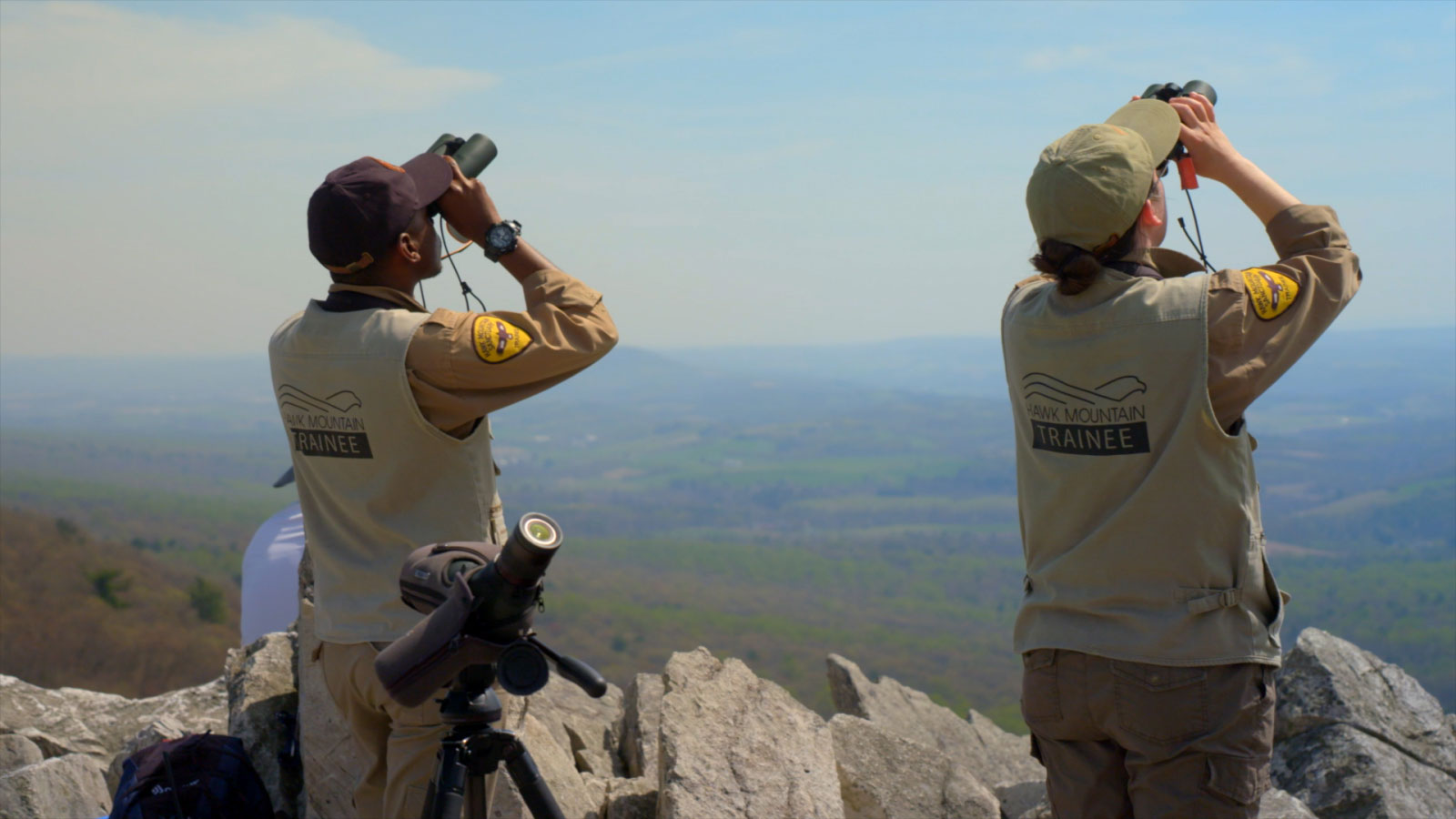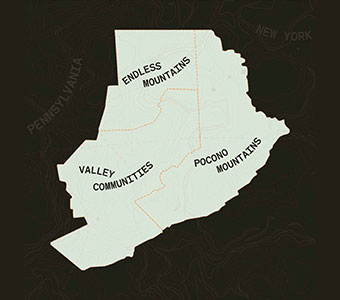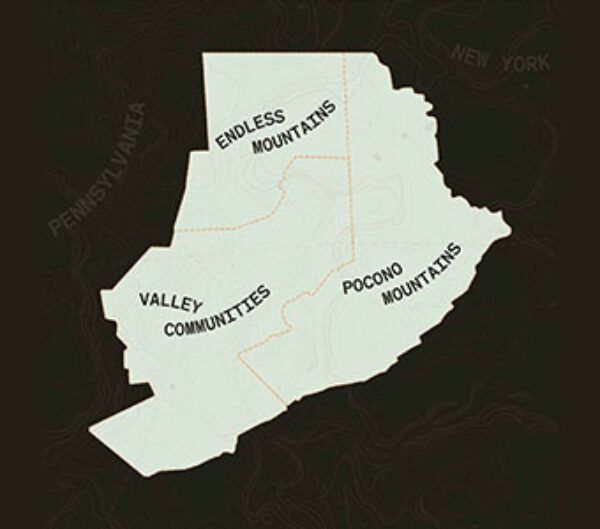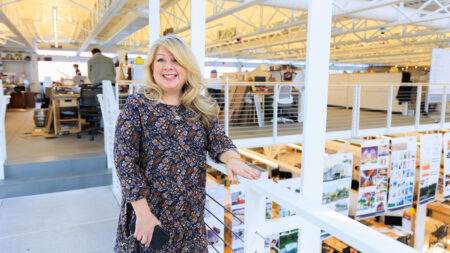“You always have a chance to impact your community. It's the attitude you bring that makes a crucial difference.”
Gus Fahey was born and raised in the tight-knit, walkable community of East Scranton. To prove that point, he arrived on bicycle to our meeting at the Iron Furnaces – one of his favorite spots in all of NEPA. Growing up, everything he needed was only a walk away – from his community schools, Audubon Elementary, East Scranton Intermediate and Scranton Central High (all now closed), to piano lessons, Little League and friends. Looking back, he cherishes the freedom and independence of the Hill section so much that he returned to NEPA after a dizzying career to raise his children in the same neighborhood he grew up.
About that career path: Gus ventured off from NEPA in 1988 to attend the University of Pennsylvania, where he studied architecture. After initially working in architecture, he explored various opportunities, from drawing maps for archaeological digs in Syria and Greece to working in geographic information systems. He was part of the emergency response to 9/11 while working at FEMA, an experience that inspired him to pursue a career in conflict resolution. After earning a graduate degree in conflict analysis and resolution from George Mason University, Gus spent six years working for the U.S. State Department.
With the birth of his daughters, Sylvia and Iris, and the desire for more family support, Gus and his wife, Sydney, returned to his hometown. He left his high-pressure Washington, D.C. job to work locally, applying his passion for community engagement on an international level to his hometown at United Neighborhood Centers. Today, Gus is dedicated to inspiring local residents to band together and shape the future of Scranton through his work with Valley in Motion.
How long have you lived in NEPA?
I was born and raised in Scranton, and I moved back 10 years ago. If you count college, I left for 26 years.
What do you love about your town?
I love the walkability. I like that I can go to Nay Aug Park, or I can walk downtown. I love being able to walk to get things I need. I’m just a 12-minute walk from the closest grocery store. Even though we always drive, it’s nice knowing the potential is there. There are neighborhood places to go, and our friend group is within walking distance. My parents are within walking distance. I like the walkability of it and regularly seeing people passing by — it makes me feel like part of the community.
I also love how Scranton is changing. The city was built on immigration, so everyone still feels a strong connection to their immigrant roots. Scranton is continuing that tradition. We have people from all over the world coming here as immigrants. I love the idea that this is still a place where the American dream can be realized.
What’s your favorite NEPA restaurant?
It’s The 16th Ward in downtown. They have great food, a regularly rotating menu and great drinks. Great views. And it’s a beautiful atmosphere.
What’s your favorite thing to do in NEPA?
My favorite thing is actually very simple—sitting on the front porch with friends or family, hanging out, having a beer, and seeing people walk by. I also like the expanding trail system, which is a great resource for the area. I just like walking places, whether it’s to the park or around the neighborhood with my daughters after dinner. It’s just really simple, locally focused, and hyper-local. I like getting to know a place deeply.
What’s next for you?
Valley in Motion is a nonprofit that strengthens the sense of community across the Lackawanna Valley, and we’re really going to be expanding the size of the projects we work on. We’re interested in trail building and are looking for a site to create a sports complex with massive playing fields. These fields will host travel tournaments but also expanding opportunities for kids not on travel teams. So, we’re looking to take on bigger projects that improve recreational quality of life in our area and also contribute to important economic development as well.
We’re working with the Pennsylvania Historical and Museum Commission to try to make the Iron Furnaces the center of Scranton once again. We want it to be a nexus connecting the Lackawanna River Heritage Trail to Nay Aug Park. We’ve marked out walking trails that lead to downtown, the Lackawanna River, and Nay Aug Park, using spray paint and signs. But we want to build new trails that connect all these areas.
We’re interested in developing new facilities to attract people and families, making it a place for the South Scranton neighborhood to go, for people from downtown to go. We also want to make it an arts and education center, especially for the metal arts—where you’re firing up big furnaces, melting pots of steel or iron, and creating new things. So, tying the history of the region to the modern-day production of new resources and experiences.
Where do you see NEPA heading in the future?
There are a couple of trends that I think are really terrific. First, I think our governance is getting better. Our local governments are becoming more responsive to community needs, and I think that’s really important. We’re rebuilding our park systems and making them accessible to more people. These kinds of public resources really enhance the quality of life for everybody. It doesn’t matter whether you live in a small house or a big house — you can always go to a public space that’s refreshing, that you can bring your family for picnics or use it for exercise. All those things are really important. I see local governments on all levels getting much better at this.
I’m also really encouraged by the collaborative attitudes I see. We all want to see each other succeed, and people are working together much better. The foundations work together really well, nonprofits work together really well and businesses are complementary. There’s a real collaborative spirit that is a source of strength for us. An important part of that collaborative spirit is truly believing we can make a difference. Releasing that latent energy that’s sitting on the sidelines, that’s going to make the crucial difference in whether we succeed or fail.”
Hannah Arendt has a quote from 1969 that I think of all the time: ‘Power is the ability to act in concert with others.’ The more people playing from the same sheet of music, the better the band will be, the more impact it’s going to have. That’s the exercise—getting more people in the room to work on a common project that we can’t achieve individually. It’s about bringing together organizations and people with different strengths to work together to build something bigger than ourselves.
Why NEPA?
I love the people. We’ve all been through hardship, so I think people are humble and self-effacing. They don’t take themselves too seriously. That’s a fresh breath of air and a big difference from Washington, D.C. People here are friendly, easy to meet, easy to collaborate with and they don’t mind letting you into their hearts. We just don’t take ourselves too seriously where we have to put up these great facades of how wonderful we are. It’s about being your true self and allowing others to be their true selves, too.


